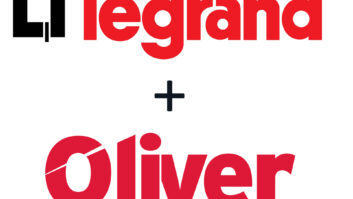Sometimes what I write in columns like this one or say in speeches to industry groups goes largely ignored; no doubt the result of picking topics of apparent little interest to those expected to read or listen to me.
This won’t be one of those topics.
This will generate interest or perhaps more accurately “heat.” Hopefully not Salman Rushdie-Satanic Verses death-threat heat, but heat nonetheless. So let me get right to it.
The time has come for manufacturers to reduce the amount of money that they pay to retailers to market the manufacturers’ products. Whether you call it co-op advertising, market development funds (MDF) or special program allowances (SPA), this money should be spent instead on new, creative ways to reach consumers that would not otherwise learn about CE products. (Did someone just say “Death to the infidel!”?)
According to last January’s U.S. Consumer Electronics Sales and Forecasts Report by the Consumer Electronics Association (CEA), the total projected dollar shipment of CE products in the United States will be just over $170 billion in 2008. With that being the case, let’s do some math to estimate how much will be spent on co-op/MDF/SPA.
Most estimates I see suggest that manufacturers provide anywhere from 3 percent to as much as 10 percent of their sales in the form of retailer-controlled marketing money. To be conservative, let’s go with 1 percent, and since CEA says this is “shipments,” let’s reduce the $170 billion to $150 billion, allowing for some inventory buildup, transshipping out of country and other variables. That leaves … $1.5 billion available to be spent locally by retailers.
For starters, does it feel like the industry spends anywhere near $1.5 billion marketing its products, regardless of who controls the money? Lest there be any doubt, it doesn’t; hence my use of the term “available.” All too often the money goes right to the retailer’s bottom line, leaving a lesser amount to be spent for traditional marketing, which in my opinion includes too many Thursday and Sunday newspaper inserts.
Forget for the moment that all of this money was intended for marketing, as opposed to retail margin support. One of the many things that is very different today than it was 20 years ago is that old-school marketing does not work as well with today’s consumer. Consider newspapers as just one example. According to the Newspaper Association of America, total circulation for all the country’s newspapers has declined every year since 1994, down 15 percent in total, after rising with few exceptions every year prior all the way back to 1940. And while readership is down overall, it is much more pronounced with younger consumers who get their news in ways not even invented in 1994.
I don’t mean to pick on newspapers; this shift is occurring throughout all media. And I also do not suggest that retailers get it wrong and that manufacturers would automatically do a better job spending whatever money they remove from the retail “pot.” In fact, if they simply move it from retailer control to the media buys they’ve traditionally made, they may as well not bother.
Instead, what we need is a complete media mix makeover. At least initially that will best be accomplished by a thoughtful few paying for and monitoring new media buys, as opposed to spreading it among many as is currently the case.
Let me be clear: I was, am and always will remain a proponent of retailer-spent marketing money provided by the manufacturer, particularly when it’s spent as locally as possible. Many (though not all) retailers know their customers better than the national marketing staff of any manufacturer, and as a result they should also know the best way to reach them through local media — unless that media mix is unchanged from 20 years ago. The world is a very different place now.













